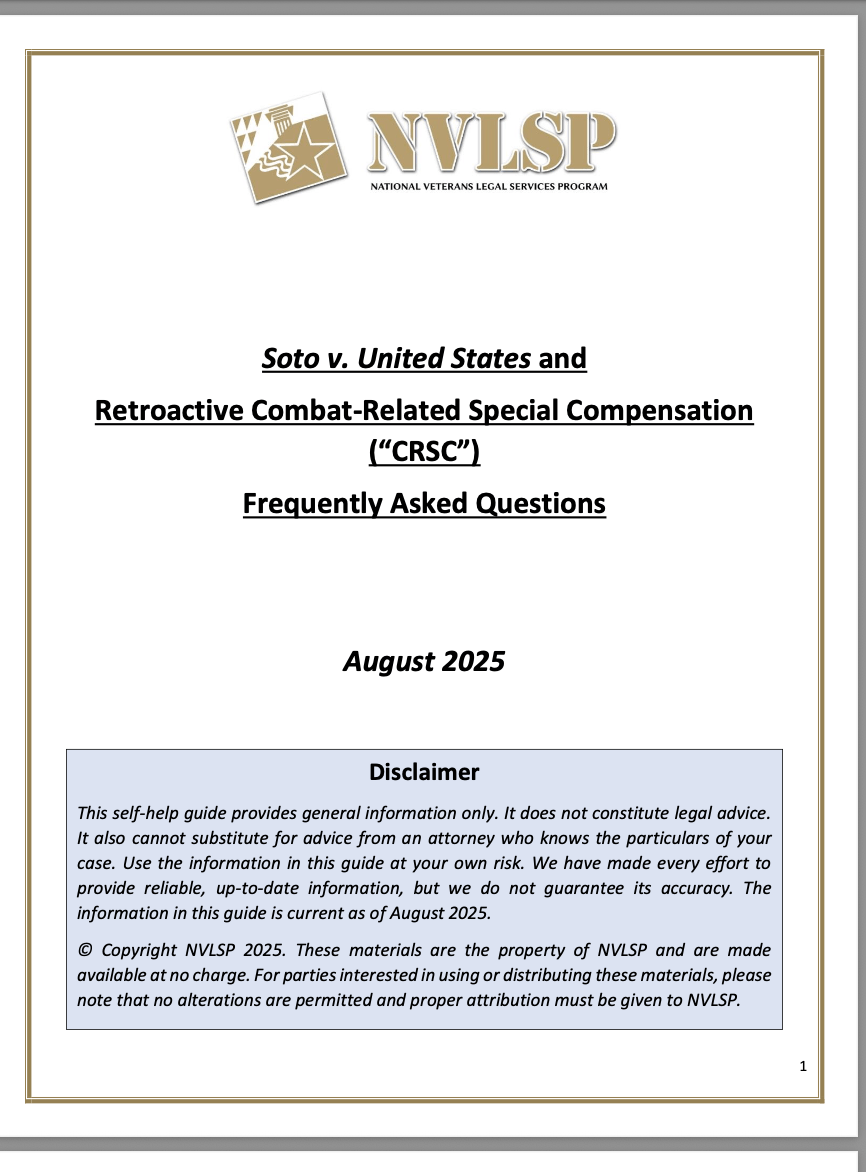I've had so many conversations with veterans complaining that VA refuses their disability claims for delayed onset peripheral neuropathy. Theylling me that VA insists peripheral neuropathy (PN) is only covered if diagnosed within a year of Agent Orange exposure.
WRONG. But also just partly right: VA does have a presumptive disability for early onset-peripheral neuropathy diagnosed within a year of exposure. PN can also be claimed as a secondary disability from diabetes, and diabetes is a presumptive illness and that claim easily established. Very few veterans had early PN diagnosis because it most often develops over years.
But in no way does having PN diagnosed later in life prohibit PN disability claims based on what VA terms "direct service connection."
Put simply, direct service connection means a little more work convincing VA that, more likely than not, your peripheral neuropathy developed as a result of Agent Orange exposure regardless of the disease onset. You do this with a physician's nexus letter, which hopefully cites some of the many medical articles showing PN onset years and even decades after leaving military service.
Here's one such article, and it mentions PN developing 25-30 years after exposure:
de la Monte SM, Goel A. Agent Orange Reviewed: Potential Role in Peripheral Neuropathy and Neurodegeneration. Journal of Military Veterans Health. 2022 Apr;30(2):17-26. PMID: 36785586; PMCID: PMC9920643.
If needed, here's a helpful guide for submitting direct service connection and secondary condition service connection claims.



